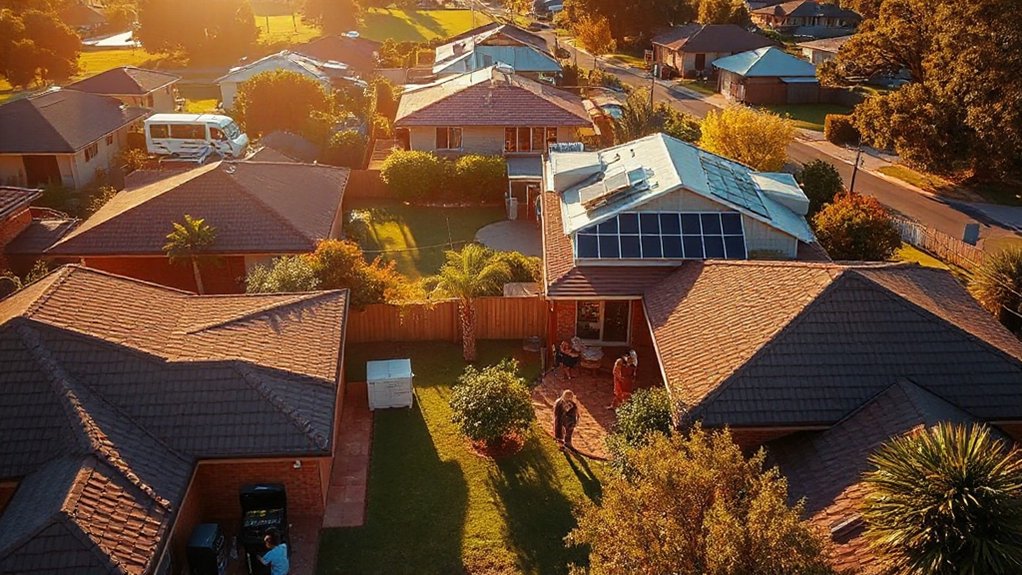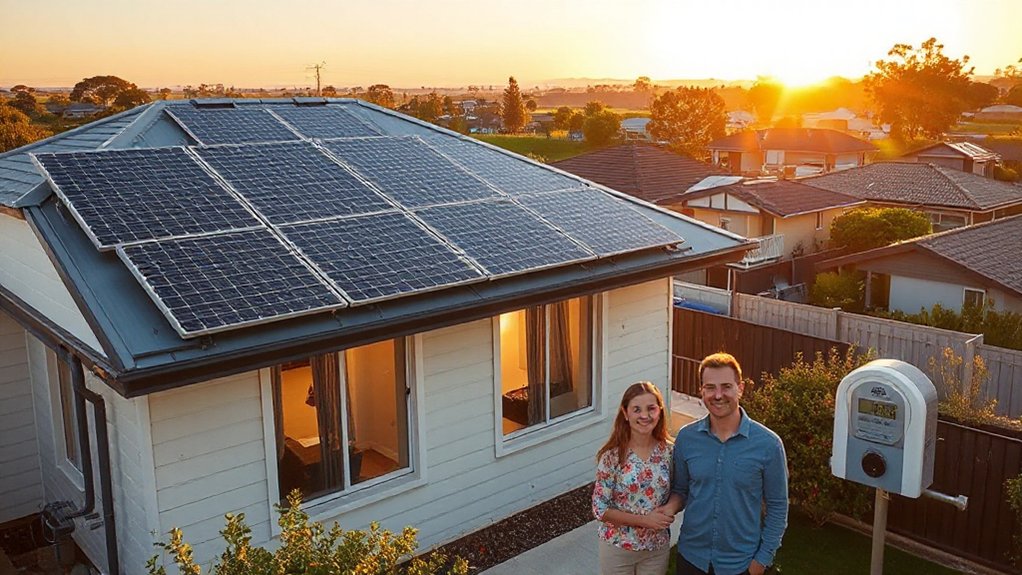While most countries struggle to meet their renewable energy targets, Australia has flipped the script entirely. The land down under has embraced solar power with such enthusiasm that energy companies now face an unusual problem: too much electricity. With over 4.16 million solar PV installations totaling 41.8 GW capacity by mid-2025, Australia has become the world’s per-capita solar champion.
Australia’s solar revolution has created an enviable problem—too much clean electricity in a nation now crowned the world’s per-capita solar champion.
It’s almost comical. Australians aren’t just dipping their toes into renewable energy—they’re diving headfirst into a solar-powered future. The average Aussie now boasts more than 1.4 kW of solar capacity. That’s not just impressive; it’s world-leading.
The consequences? Dramatic. During peak sunlight hours, rooftop solar alone contributes a staggering 14.7% to the National Electricity Market, outshining utility-scale solar’s 9.3%. In some regions, solar meets over half the energy demand during sunny periods. Talk about overachieving.
This solar surplus creates a bizarre market reality. Energy companies sometimes pay consumers to use electricity. Yes, you read that right. When too much solar floods the grid, wholesale prices plummet to zero or even negative values. Major generators literally can’t give their power away fast enough.
It’s not all sunshine and rainbows, though. Grid stability becomes a serious challenge with such variable generation. The solution? Batteries. Lots of them. This intermittency challenge reflects a common issue with renewable energy sources that rely on variable weather conditions. The theoretical combined annual output from Australian rooftop solar could reach 245 TWh if its full potential was utilized.
Over 7,200 home battery systems now help Australians store their excess solar bounty. States with the highest solar penetration—NSW, South Australia, and Queensland—lead this charge. The upcoming “Cheaper Home Battery Program” aims to add another 1.8 GWh of distributed storage by 2027.
Feed-in tariffs have plummeted to around 4 cents per kWh in many regions. Hardly worth the effort. No wonder Australians increasingly choose self-consumption over selling back to the grid.
The irony is palpable. In a country once married to coal, the sun now rules supreme. Australia’s renewable revolution isn’t coming—it’s already arrived. And it’s giving away free electricity. April 2025 showed this trend continuing with rooftop solar experiencing negative pricing on eight different days, demonstrating the market’s ongoing adjustment to renewable abundance.
References
- https://en.wikipedia.org/wiki/Solar_power_in_Australia
- https://www.energycouncil.com.au/media/xlzd5qrl/solar-report-q1-2025.pdf
- https://www.aer.gov.au/system/files/2025-08/State of the energy market 2025 – Chapter 1 – Market overview.pdf
- https://www.pv-tech.org/solar-generation-in-australias-nem-up-13-year-on-year-in-april/
- https://www.pvknowhow.com/news/australian-solar-batteries-2025-uptake-surges-incredible-demand/
- https://www.statista.com/outlook/io/energy/renewable-energy/solar-energy/australia
- https://cleanenergycouncil.org.au/getmedia/f40cd064-1427-4b87-afb0-7e89f4e1b3b4/clean-energy-australia-report-2025.pdf








